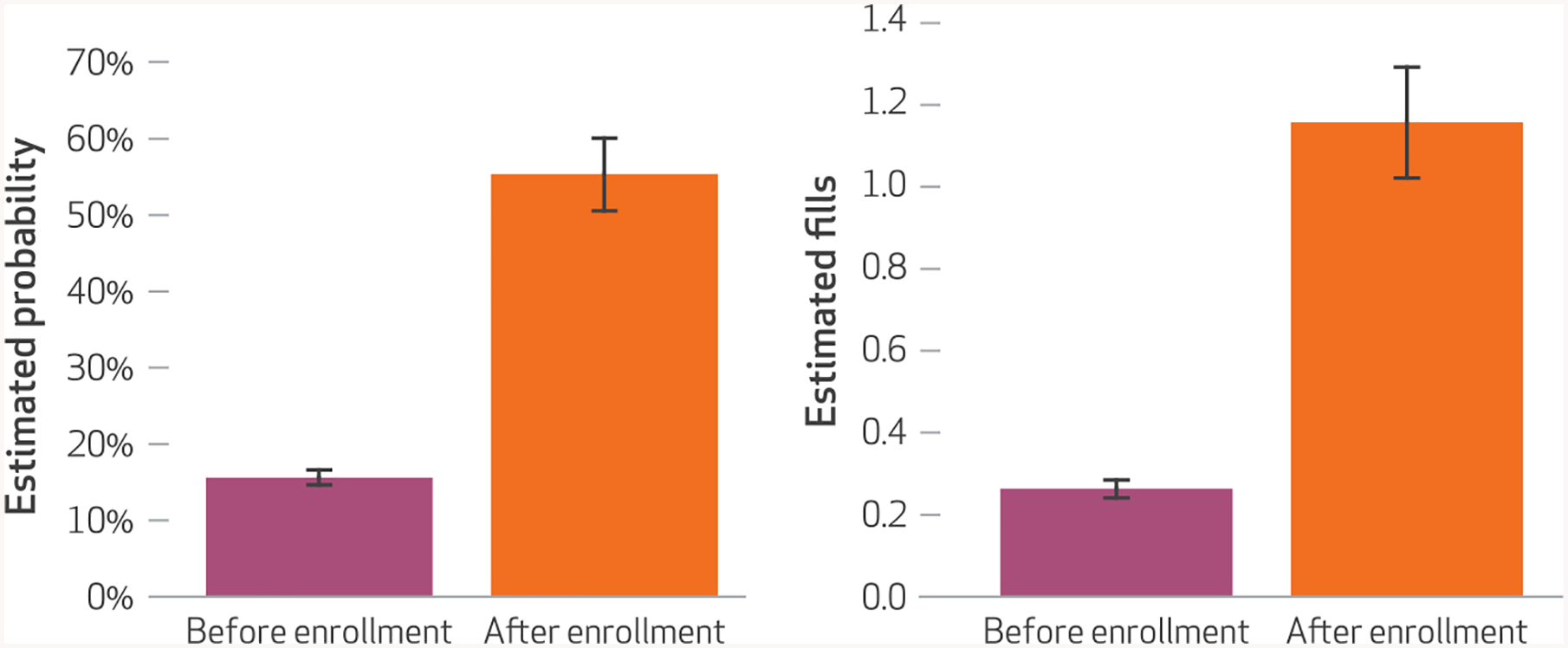EXHIBIT 4. Estimated likelihood of any Medicaid circumvention and mean number of circumvented controlled substance prescription fills per person per month, before and after enrollment in the North Carolina Medicaid lock-in program.

SOURCE Authors’ analysis of data from the North Carolina Medicaid program and the North Carolina Controlled Substances Reporting System. NOTES Probabilities and their 95% confidence intervals (shown by the whiskers) were estimated using a modified Poisson generalized estimating equation model. Numbers of circumvented controlled fills and their 95% confidence intervals (shown by the whiskers) were estimated using a similar model. Both models controlled for time; eligibility for the lock-in program and program eligibility criteria met; age; sex; race; metropolitan residence; county-level supply of pharmacies; residence in a border county; baseline diagnoses of chronic noncancer pain, anxiety disorder, substance use disorder, depression, and other mental illness; Charlson Comorbidity Index score; and prescription drug burden. The models’ full specifications and outputs are provided in Appendix Exhibit A2 (see Note 21 in text). Both the increase in estimated probability of any circumvention and the increase in estimated mean number of monthly circumvented controlled substance prescription fills before and after enrollment were significant (p < 0.001). “Circumvented” fills are defined in the Notes to Exhibit 2.
